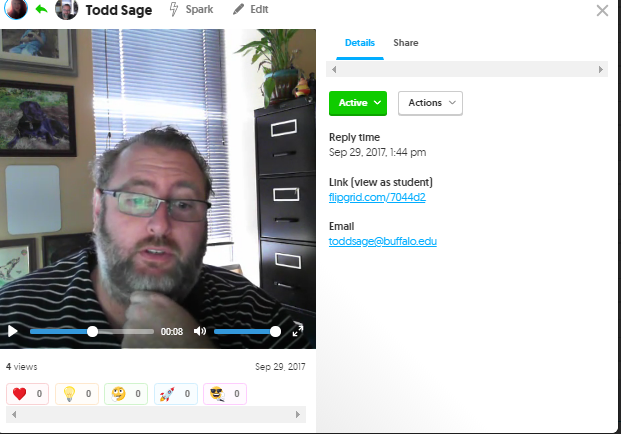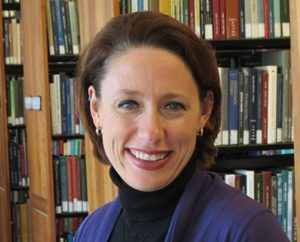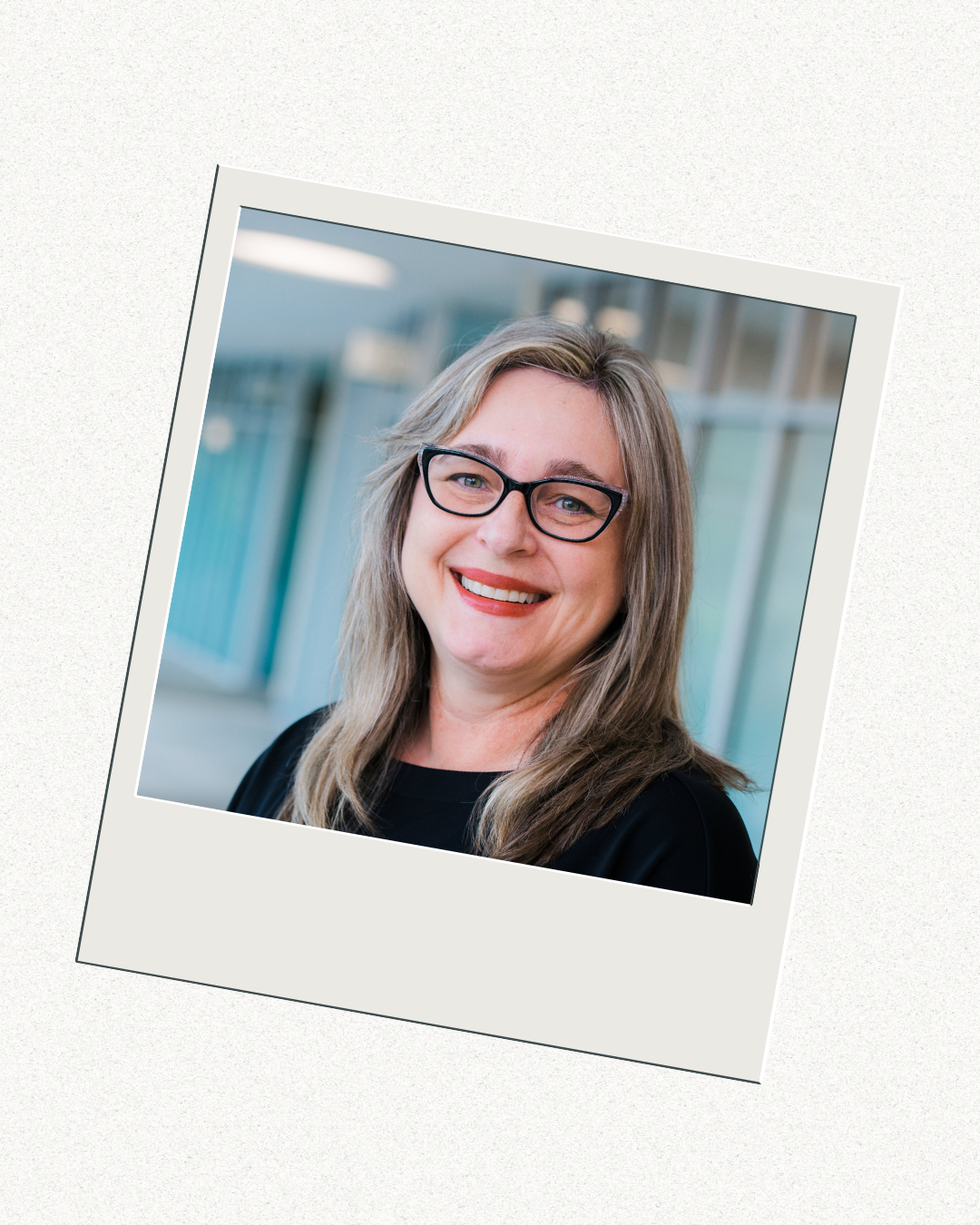Student Placement Software for the Social Work Field Office: Goodbye Post-it Notes!
This month’s guest educator post comes from Kristen Samuels, MSW, MS, MEd, the Field Director for the University of Phoenix’s Department of Social Work. In this blog post, she reviews the “whys” and “hows” of selecting student placement software for your field education office. Kristen can be reached at Kristen.samuels@gmail.com, or @KristenMSamuels on Twitter.
Student placement software are valuable tools when managing the complex processes of Social Work Field Placement. These programs are often web-based and provide easy access for our students, field instructors, and administrators to gather and store information, submit documentation, and obtain reportable data. In reality, field offices often piece together multiple systems to meet all the office needs. This is often because of cost and program features – few affordable student placement programs address all of the needs for a typical field office. In the end, the most important components of student placement software and databases are functional communication between stakeholders, compliance with regulatory requirements, and ease of use.
 Endless platform options are available to manage the student placement process. Depending on the size of your program, your needs will vary, and depending on your budget, your options for platforms will vary. Some institutions are able to manage placements through home-grown efforts (i.e. they design their software in-house) or low-cost proprietary software, such as Google Drive applications, which not only encourage collaboration among the team but are also free to use. A spectrum of other proprietary platforms are available, with varying functionality and associated costs. On the low-cost end of the spectrum, software programs such as Intern Placement Tracking (IPT) allow for form submission (i.e. students and field supervisors complete learning agreements and evaluation forms online) to manage basic logistics, whereas larger programs like 2U provide a placement team with tools to manage a database of affiliated agencies, accreditation support, and more.
Endless platform options are available to manage the student placement process. Depending on the size of your program, your needs will vary, and depending on your budget, your options for platforms will vary. Some institutions are able to manage placements through home-grown efforts (i.e. they design their software in-house) or low-cost proprietary software, such as Google Drive applications, which not only encourage collaboration among the team but are also free to use. A spectrum of other proprietary platforms are available, with varying functionality and associated costs. On the low-cost end of the spectrum, software programs such as Intern Placement Tracking (IPT) allow for form submission (i.e. students and field supervisors complete learning agreements and evaluation forms online) to manage basic logistics, whereas larger programs like 2U provide a placement team with tools to manage a database of affiliated agencies, accreditation support, and more.
How to pick the program that is right for your Field Office?
It is important to develop your own list of needs based on your specific institution and the needs of your field office. Here are some questions to consider when developing that list:
Social Work Virtual Pal (#SWVirtualPal)… a very ‘real’ connection!
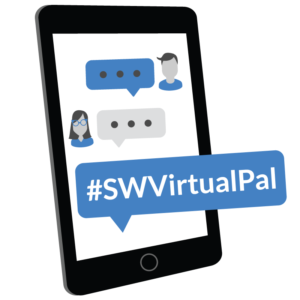 As with all other professions, social work has history of developing local and global ‘Communities of Practice’ (Farnsworth, Kleanthous & Wenger-Trayner, 2016 ). In previous times, the form and work of these communities were largely dictated by geography and cost. The time and financial implications of meeting ‘in person’ very much shaped the nature, the scope and the possibilities of the work; and meeting in person, at that time, was often the only feasible thing to do. The emergence of communication and social media type technologies has changed all of that. Dating back 30 years, new forms of social work academic communities (husITa, 2017) began to surface. Inasmuch as online communities and connections continue to materialize, survive and thrive, sadly notions of ‘real’ still permeate conversations regarding the online world (Couts, 2013; Zgoda & Shane, 2018).
As with all other professions, social work has history of developing local and global ‘Communities of Practice’ (Farnsworth, Kleanthous & Wenger-Trayner, 2016 ). In previous times, the form and work of these communities were largely dictated by geography and cost. The time and financial implications of meeting ‘in person’ very much shaped the nature, the scope and the possibilities of the work; and meeting in person, at that time, was often the only feasible thing to do. The emergence of communication and social media type technologies has changed all of that. Dating back 30 years, new forms of social work academic communities (husITa, 2017) began to surface. Inasmuch as online communities and connections continue to materialize, survive and thrive, sadly notions of ‘real’ still permeate conversations regarding the online world (Couts, 2013; Zgoda & Shane, 2018).
A recent example of a ‘real’ community of learning for practice is that of Social Work Virtual Pal, with its Twitter feed @SWVirtualPal and an accompanying hashtag #SWVirtualPal; the former used to facilitate connection and latter to collate and curate conversations. We, Laurel Hitchcock and Amanda Taylor developed Social Work Virtual Pal due to the benefits we each found from meeting regularly online. What began as a chance meeting on Twitter has turned into a connection that enables us to discuss issues relating to social work education in the US and the UK, and to consider the use of new technologies to support teaching, learning and global connections. To learn more about Social Work Virtual Pal, please check out our previous posts:
Incorporating Flipgrid into the Social Work Classroom: Tips for #SocWorkEd
Todd Sage is a social work educator at the University at Buffalo, and a Doctoral Student in Teaching and Learning: Higher Education at the University of North Dakota. In this blog post, he shares his tips for educators on how to use Flipgrid to enhance online learning and develop class community. Todd can be reached at ToddSage@Buffalo.edu. Follow him on Twitter: @socialworksage.
In 2017, new National Association of Social Workers’ Standards for Technology in Social Work Practice were issued to address the intersections of social work practice and technology. These standards encourage educators to equip social work students with technology skills that will prepare them for tech-mediated practice. Student exposure to classroom technology primarily happens through Learning Management Systems such as Blackboard and Adobe Connect, which can be useful tools for online teaching, but are geared for educational users are rarely used in the practice world.
To prepare the next generation of social workers, it is vital that social work educators inform students about readily available collaboration platforms that are transferable to real world practice. It gives students an opportunity to learn a new tool, evaluate its pros and cons, and think about how these tools can be applied to future practice. On some occasions, the tools also work much better than institutional platforms.
When I taught Motivational Interviewing last term in a primarily asynchronous setting, I didn’t know how I would use the existing institutional tools to teach interview skills. This is why I was happy to find Flipgrid. This platform works like a discussion board, only all the content is short video clips, and the desktop and phone-app platforms are so easy to use that even kindergarten teachers have students create videos.
What is Flipgrid? Flipgrid describes their website as one “… that allows teachers to create “grids” of short discussion-style questions that students respond to through recorded videos. Each grid is effectively a message board where teachers can pose a question and their students can post 90-second video responses that appear in a tiled “grid” display”(Flipgrid, n.d).
Social Work Educator Tips: Guidelines for Online Discussion Forums
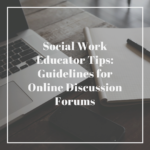
 Karen Zgoda is a social work educator, a Doctoral Student in Public Policy at the University of Massachusetts in Boston, MA, and a founding member of #MacroSW, an online community for macro social workers. In this blog post, she shares her tips for helping social work students learn how to be professional in online learning environments. This post is cross-listed on Karen’s blog at https://karenzgoda.org/.
Karen Zgoda is a social work educator, a Doctoral Student in Public Policy at the University of Massachusetts in Boston, MA, and a founding member of #MacroSW, an online community for macro social workers. In this blog post, she shares her tips for helping social work students learn how to be professional in online learning environments. This post is cross-listed on Karen’s blog at https://karenzgoda.org/.
Did you know that 95% of Americans own a cell phone of some kind, 7 in 10 Americans use social media, and that 89% of U.S. adults currently use the Internet? In fact, many check the most popular social media sites daily:
Despite the ubiquitous nature of technology and social media, we should not assume that social work students know the rules of online etiquette, especially online etiquette in professional settings. Students may not realize they are using casual language, making inappropriate or snarky comments, or revealing much about their personal lives they would not want their supervisors or professors to know. In fact, students are learning to regularly clean up their social media to take better care of their online reputations and their brand. If students are not sure what this means, I show a video clip from the The Ellen DeGeneres Show that highlights very effectively in 10 minutes why this can be problematic:
Review of Teaching & Learning in Social Work for 2017
 One of my favorite things to do at the end of the year is to read all of the “year-in-review” lists. Books, records, movies, top ten social work journal articles – it doesn’t matter what the list is about, I’ll read it. I am always curious how and why people choose to rank their favorite things from the year. This must be because I find it hard to choose a favorite book or movie when there are so many good options, and how can I exclude anything as a social worker, the profession that loves diversity and strives for inclusion. So for 2017, I offer a list for the Teaching & Learning in Social Work Blog. Not the top-ten blog posts, but the entire year. Here are the numbers:
One of my favorite things to do at the end of the year is to read all of the “year-in-review” lists. Books, records, movies, top ten social work journal articles – it doesn’t matter what the list is about, I’ll read it. I am always curious how and why people choose to rank their favorite things from the year. This must be because I find it hard to choose a favorite book or movie when there are so many good options, and how can I exclude anything as a social worker, the profession that loves diversity and strives for inclusion. So for 2017, I offer a list for the Teaching & Learning in Social Work Blog. Not the top-ten blog posts, but the entire year. Here are the numbers:
Number of Blog Posts in 2017 – My goals was to write or publish at least two posts a month, which happened more months than not:
Total Blog Posts = 25
Highest number of Blog Posts published in one month = 6 (October)
Lowest number of Blog Posts published in one month = 0 (August)
Guest Educator Posts in 2017 – Another goal I have for this blog is to provide a space for others to share their work, particularly work that does not fit into the traditional academic publication venues. For 2017, I am thrilled that eight social work educators wrote seven different blog posts about their scholarship of teaching and learning for the blog. I want to thank all of these authors for sharing their work and for all they do to educate future social workers!
Scholarship Dissemination Posts – My final goal for the year was to write more about my own scholarship by sharing content from conference presentations and any published articles. I published seven posts about national conference presentations with colleagues, and wrote about one article I had published in 2017. Clearly, I am doing more conferencing than publishing.
Below is a list of this year’s post grouped around the topics of assignments, projects, guest educator posts, and conference presentations.
The Flipped Classroom: Harnessing technology to teach clinical skills to MSW students
Dr. Elisabeth Counselman-Carpenter, PhD, LCSW is a lecturer in social work at Columbia University and maintains a private practice where she works with children and families. In this blog post, she talks about the reasons why she flipped her course on clinical practice with children & families and the practical steps she took to achieve the flip. If you have questions for Elisabeth, you can tweet her at @ElisabethAnneCC .
This course was designed as first semester, second year elective called “Advanced Clinical Practice with Children and Families”. Built on previous content from other courses about life span model and ecosystems perspective, students are expected to leave this advanced clinical course understanding the context and application of evidence-based social work practice with vulnerable populations.
After teaching the course for a year using traditional lecture format, I surveyed students regarding their learning preferences as well as goals and objectives for the semester. Some of the questions I asked included:
– What are your personal goals and expectations from this class for the next 14 weeks?
– What would strengthen your experience in this class?
– What have been some of your key take-aways from other practice classes?
Feedback indicated that students were most interested in focusing on play therapy and other forms of evidenced-based practice with skills be directly taught in class (i.e. modeled and then time for practice in the classroom). Uniformly, students reported that they felt unskilled in putting into place any form of direct practice with children because they only had a surface grasp of “how” to use certain skills with children. All students requested that the course focus on direct application, with a ‘walk-through’ of the skills and interventions, by the professor, covered in the course readings and lectures. Additionally, students felt unsure about where to gather accurate information on how to implement their skills, and reported they were not often given time in field to observe and practice these skills with other staff members. They requested digital case examples, such as training videos, in addition to single case study research articles to enhance their knowledge. This course had rich material in the texts, but students struggled with the “how to” and were bored by simply reading about the techniques.


